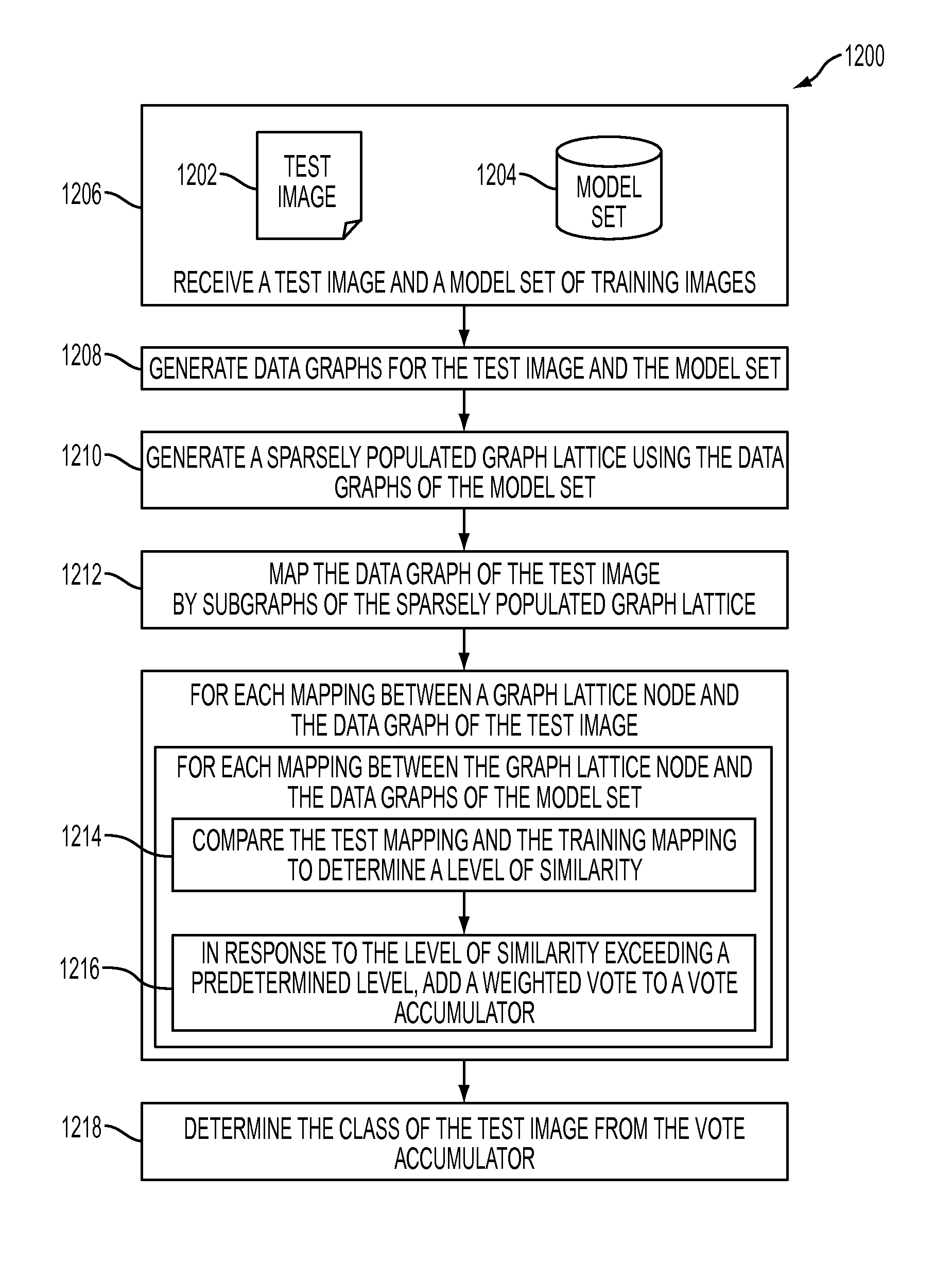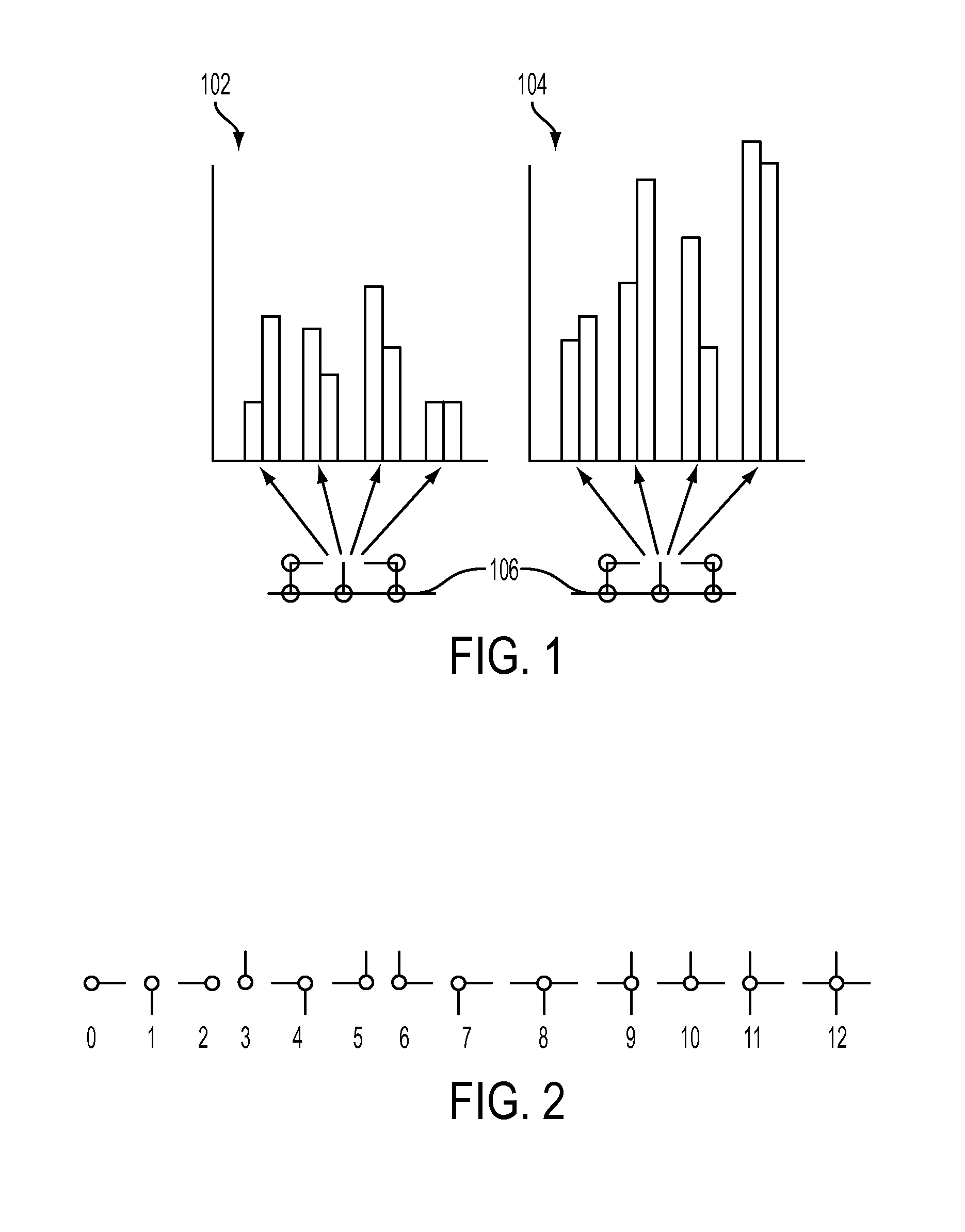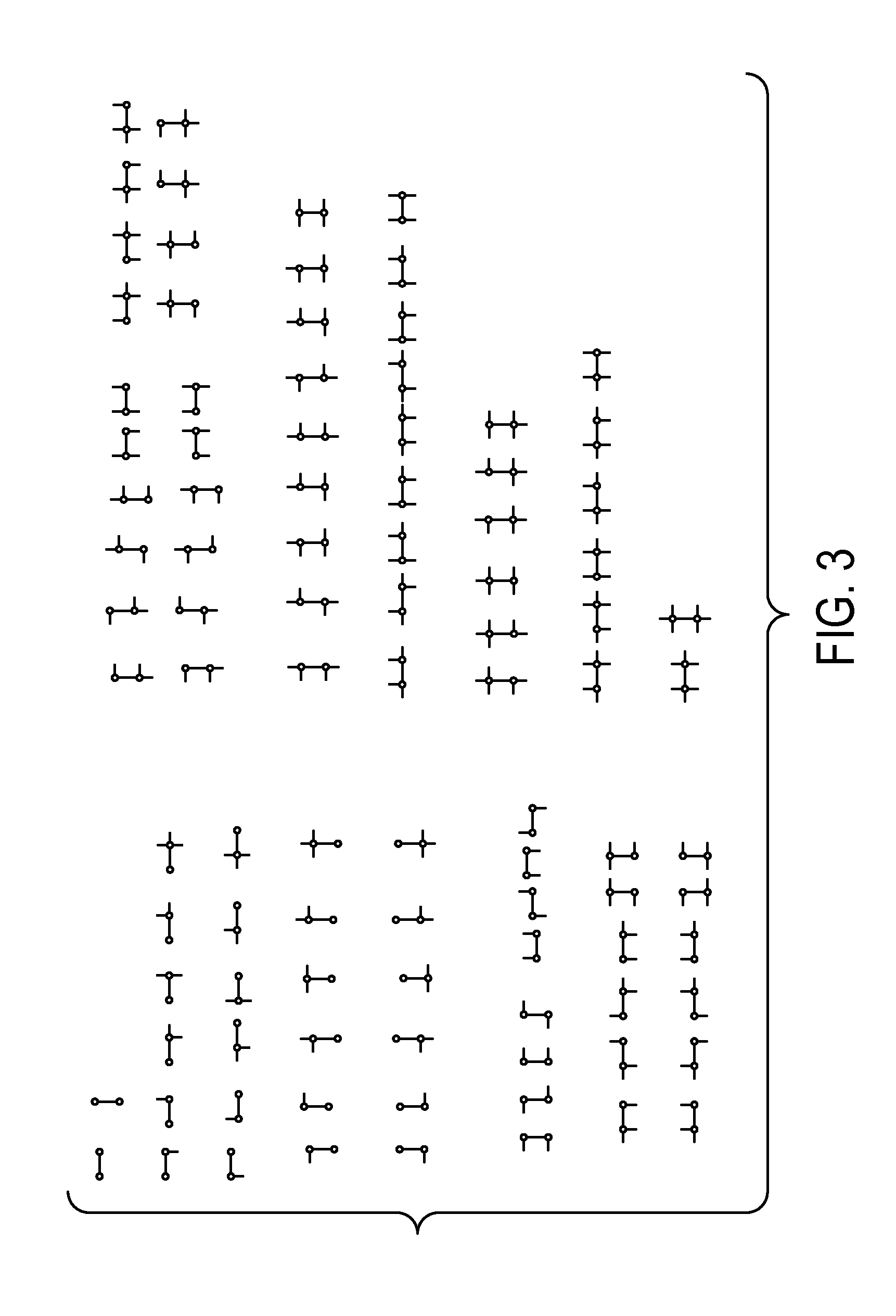Weighted feature voting for classification using a graph lattice
a feature voting and graph lattice technology, applied in the field of computer vision, can solve the problems of inability to accurately describe and/or discriminate features, subgraph matching poses certain difficulties, and subgraph matching is exponentially expensiv
- Summary
- Abstract
- Description
- Claims
- Application Information
AI Technical Summary
Benefits of technology
Problems solved by technology
Method used
Image
Examples
Embodiment Construction
[0025]Large families of complex features, in the form of subgraphs, can be built out of simpler subgraphs through construction of a graph lattice. A graph lattice is a hierarchy of related subgraphs linked in a lattice. By supporting large numbers of subgraphs, image structure can be captured. Further, exact graph matching can be performed notwithstanding image noise and variability. Hence, a graph lattice advantageously facilitates efficient image classification.
1.0 OVERVIEW OF A GRAPH LATTICE
[0026]The basic framework, called “graph lattice”, is a lattice of nodes, where each node corresponds to a subgraph representing image primitives and relations. The graph lattice nodes are related to each other in a lattice by adding primitives upward and removing primitives downward. For example, assuming the lattice extends from subgraph size 1 to size N, where primitives define size 1, all the subgraphs of size i>1 are comprised of a subgraph of size i−1 plus a primitive.
[0027]The framework...
PUM
 Login to View More
Login to View More Abstract
Description
Claims
Application Information
 Login to View More
Login to View More - R&D
- Intellectual Property
- Life Sciences
- Materials
- Tech Scout
- Unparalleled Data Quality
- Higher Quality Content
- 60% Fewer Hallucinations
Browse by: Latest US Patents, China's latest patents, Technical Efficacy Thesaurus, Application Domain, Technology Topic, Popular Technical Reports.
© 2025 PatSnap. All rights reserved.Legal|Privacy policy|Modern Slavery Act Transparency Statement|Sitemap|About US| Contact US: help@patsnap.com



